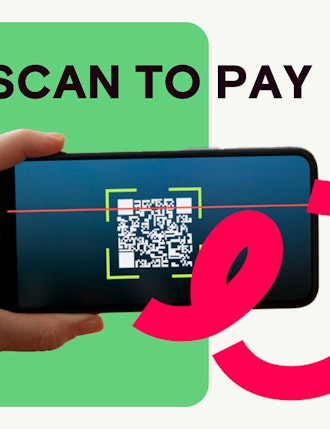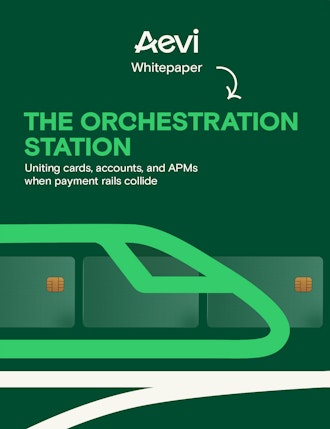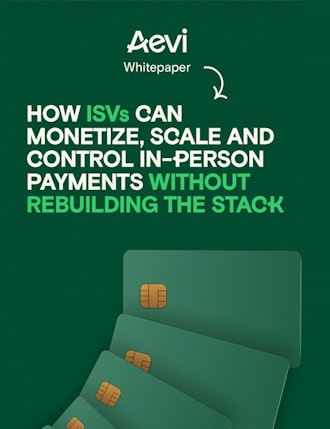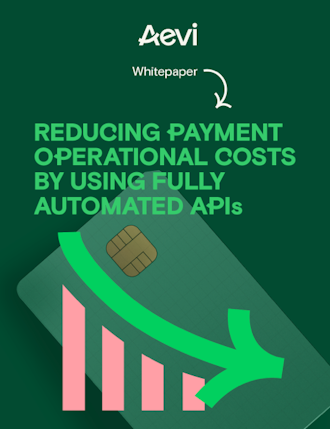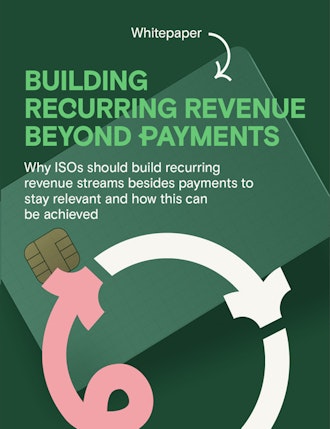As payments become predominantly digital, merchants are under pressure to provide consumers with quick and painless transactions at the point of sale. Those merchants need a flexible and speedy platform from their service providers.
Bye bye one-size-fits-all
Gone are the days where a one-size-fits-all solution has a place in the market; the needs of merchants vary greatly from one another, based on many factors, including client base, turnover, and industry sector, etc.
Because the needs of merchants vary, it means that an acquirer must have a selection of tools at their fingertips to cater for a wide variety of merchant types. That often means they must support multiple devices and vendors, which requires separate development and support resources that are expensive and time-consuming.
Maintaining a complex payment infrastructure, upgrading and recertifying devices, and working on customer retention creates a minefield of challenges. The competition for merchant loyalty is fierce, with new entrants benefiting from the flexibility of not having to support legacy devices.
Choosing open platforms
But all is not lost. New open platforms comprising payments, smart devices and value-added apps and services provide a panoply of resources for service providers. Now they are able to switch systems effortlessly to provide solutions relevant to every specific merchant.
The traditional Point of Sale has long been in need of a make-over. Great innovations are emerging to streamline merchant back office management, enhance customer experiences and diversify payments. It just takes a savvy service provider to bring them together in a relevant context to improve merchants’ lives.
To find out more about how you can support multiple vendors without multiplying costs, download the white paper.
Interested in reading more around this subject? Here are some useful articles…

